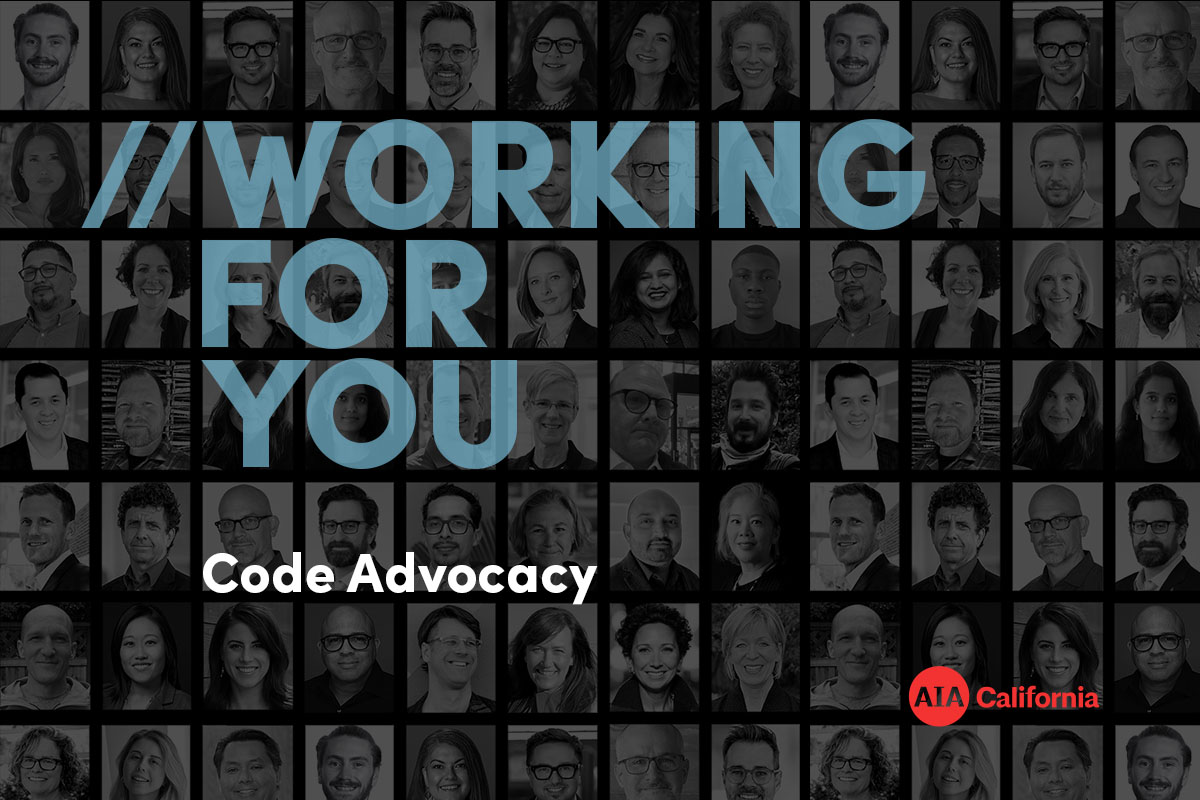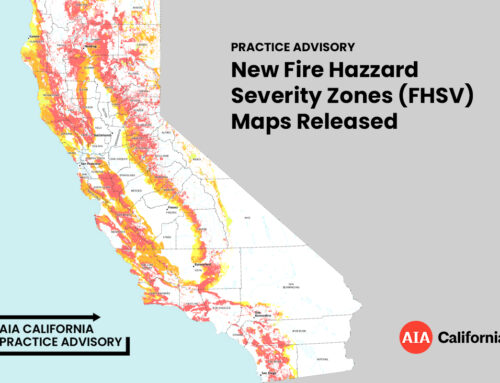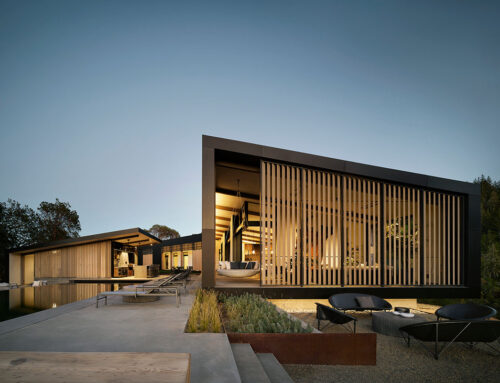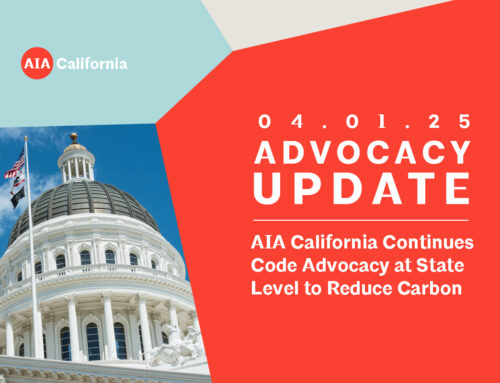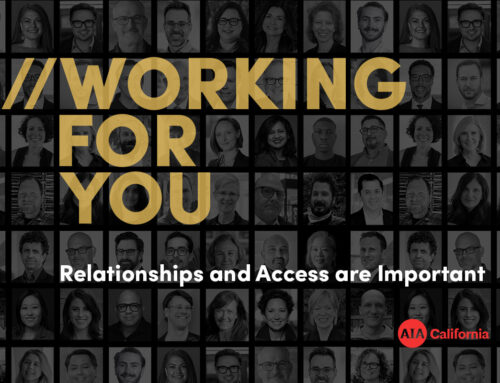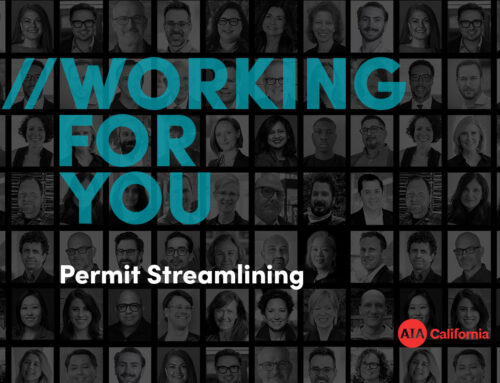//byline Nicki Dennis Stephens, Hon. AIA 03.31.25 Greetings from the AIA California Office, A frequent comment I receive from members is “why isn’t AIA doing something to make my work easier?” That’s a tall order and if the design and delivery of architecture was done in a vacuum, that would surely be easier to achieve. However, we live in a world of increasing complexity, rate of change, and interconnectedness. Most of the work of architects is subject to numerous external regulations and codes which originate from sources far removed from architectural practice. For example, California has, for years, adopted goals and policies that mandate carbon reductions, so as these become embedded into codes, it is imperative that we are at the table to ensure considerations of architectural practice are included in the ever-changing regulatory landscape. The addition of embodied carbon benchmarks in our building code was going to happen, regardless of who the players were. What’s different this time is that AIA California was in the room which ensured that new code was tailored to best support architects be efficient in attaining sustainability goals and realizing commissions. Throughout the process, we guided and shaped the way the standards were developed. We helped manage a diverse team of professionals and organizations, and as a result we advanced code changes that supported the work of architects, created option choices best suited to individual commissions, and, through this, made architects’ work more efficient. We now have a very flexible framework with three optional compliance paths for design professionals to choose from. Reuse of existing buildings, with many cases a simple percentage that can be documented with the same area analysis that is already part of a construction document set. Prescriptive path – is limited to gathering a handful of EPD’s for the same set of materials already covered by BuyCleanCalifornia (plus concrete). Note: BuyClean was enacted in 2017 and already applied to any state building.) A performance approach that is based on a Lifecycle Assessment. No project is required to use WBLCA, it is always an option. This highly flexible approach is the direct result of AIA California’s engagement in the process; if we were not engaged, we could have ended up with a code that required every project to be modeled – just as we have with the current energy code – or for more information on these optional compliance paths, click here. To put this into another perspective: consider California’s energy code and how it has evolved. While it is undoubtedly the most advanced such code in the country, it takes thousands of pages to describe it, leading to an environment of specialist consultants to navigate it effectively. And yet, as professionals, architects bear responsibility for compliance. While it’s “scientifically correct”, from a practical standpoint it’s a spiderweb of highly technical information that takes a full-time job to keep up with! Many practitioners in California believe that as code has moved to more fully consider “carbon accounting” we are off to a much better start and on a track that is thoughtful, usable and good for BOTH the environment and business (including architecture firms!) And as the code landscape continues to evolve, AIA California will be your advocate for both streamlining and efficiency so you can provide your clients with higher value for your work. While it’s a heavy lift between competing interests, the many stakeholders, and the state bureaucracy, this is just one more way AIA California is working for you. Nicki
AIA CaliforniaRead More

